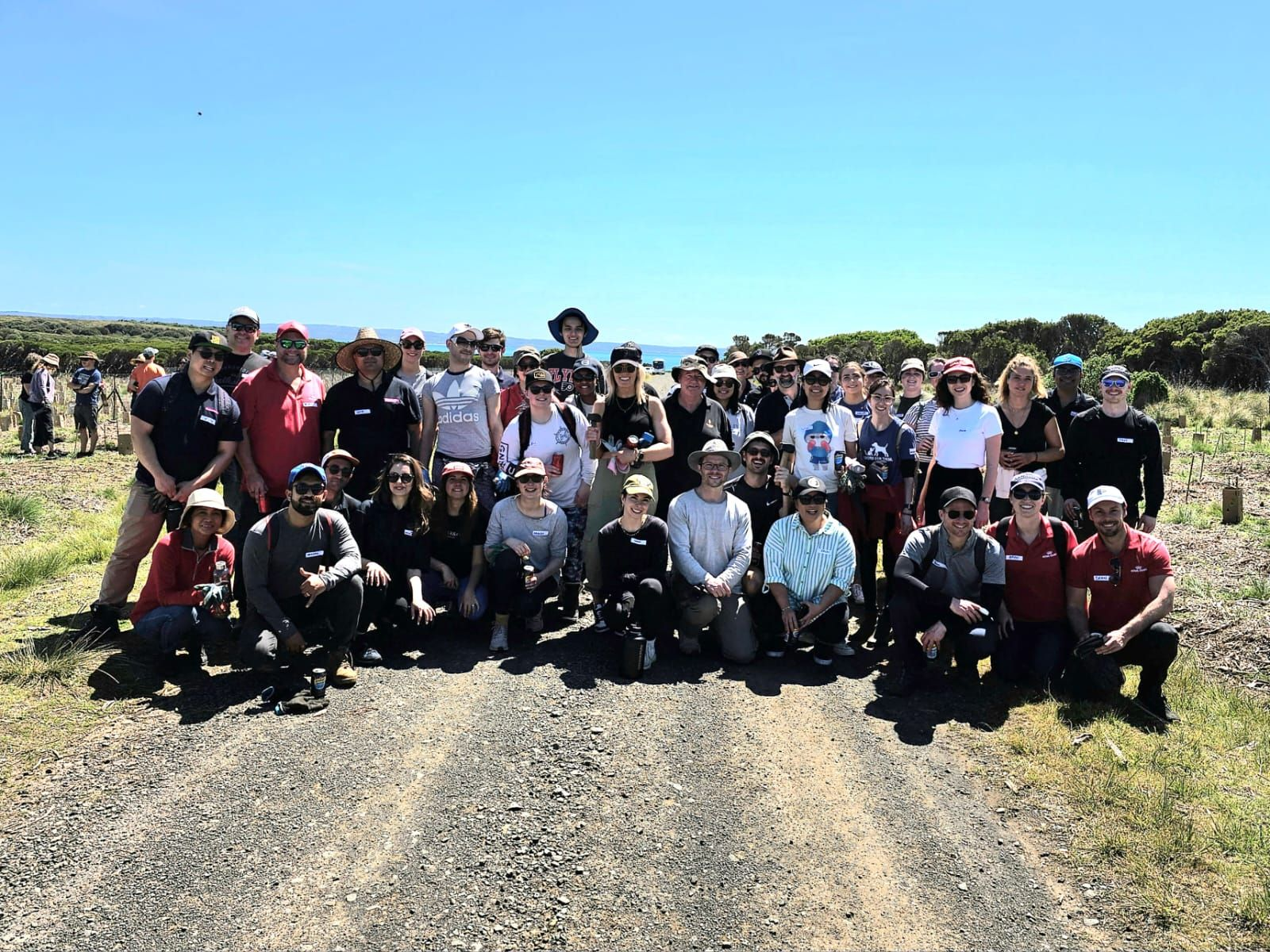
ROYAL CANIN ANZ PARTNERS WITH PENGUIN FOUNDATION TO FUTURE PROOF NATURAL HABITAT THROUGH CONSERVATION DOGS IN PHILLIP ISLAND
Royal Canin ANZ is pleased to announce a partnership with the Penguin Foundation, providing premium, science-led nutrition to Conservation Dogs on Phillip Island, Victoria.
Conservation Dogs play a pivotal role in protecting vulnerable species by sniffing out the information — often in the form of scats or fresh scent in the landscape.
In addition to keeping Phillip Island fox-free, the Conservation Dogs play a crucial role in the feral cat response program. On average, they walk between 50-60 kms each week searching for evidence of feral cats at priority sites where seabirds and Threatened Species such as Eastern Barred Bandicoots live.
Royal Canin ANZ Sustainability and Partnership Manager Dean Richardson said this partnership marks another milestone in the purpose-led work Royal Canin is proud to lead in the community.
“We exist to help create a better world for pets. We know that science-based nutrition plays a vital role overall wellbeing. We could not be prouder to partner with like-minded organizations such as the Penguin Foundation to help fuel the work of the Conservation Dogs so they can continue to help protect this important ecosystem here on Phillip Island,” Mr Richardson said.
To mark the commencement of the partnership, over 50 Associates spent a day at Phillip Island recently to give back in a “hands on” way as part of the global Mars Volunteer Program (MVP).
Georgia Symmons, Executive Officer, Penguin Foundation said volunteering and nutrition partnerships are just some of the way corporates can support tangible sustainability outcomes in the community.
"We were thrilled to host the Royal Canin Australia team on Phillip Island's Summerland Peninsula. In collaboration with Phillip Island Nature Parks, we're working towards combating climate change's effects on Little Penguins and other wildlife through revegetation efforts. This hands-on involvement aligns with Royal Canin's donation of premium nutrition for Nature Park’s Scent Detection and farm dogs,” Ms Symmons said.
“The team also observed exceptional detection dog skills, underscoring our mutual dedication to environmental balance,” she added.
Foxes and feral cats collectively kill more than 2.6 billion Australian native mammals, birds and reptiles each year.
In addition to being home to Australia's largest Little Penguin colony, Phillip Island (off Australia’s southern coastline) is a key location for re-introduction of threatened species, as part of the 'Island Ark' program.
Removal of predators such as feral cats and foxes is critical to the success of the Island Ark program and the ultimate survival of the Little Penguin colony.
About ROYAL CANIN®
For over 55 years, ROYAL CANIN® has put nutritional quality and product safety at the heart of our operations, designing the most precise nutrition for cats and dogs. We have over 500 vets, scientists and qualified nutritionists on our team supporting the health and wellbeing of cats and dogs. We perform over 1.5 million quality checks a year on our diets and never compromise on ingredient quality. Innovation is at our core, with two leading Royal Canin research and development centres constantly looking at new ways to keep supporting the health and wellbeing of cats and dogs around the world. For more on our sustainability goals visit Sustainability | Royal Canin AU
About the Penguin Foundation
The Penguin Foundation raises funds to protect and enhance the natural environment of Millowl (Phillip Island) through research, conservation and education programs carried out by Phillip Island Nature Parks. Phillip Island supports significant native vegetation communities and wildlife populations as well as international migratory bird species within its woodland, wetland, and coastal environments. This remarkable biodiversity and quality of ecosystems means Phillip Island is one of Victoria’s truly special places and we are dedicated to funding the conservation of these important natural values for both current and future generations.
Like & share this page